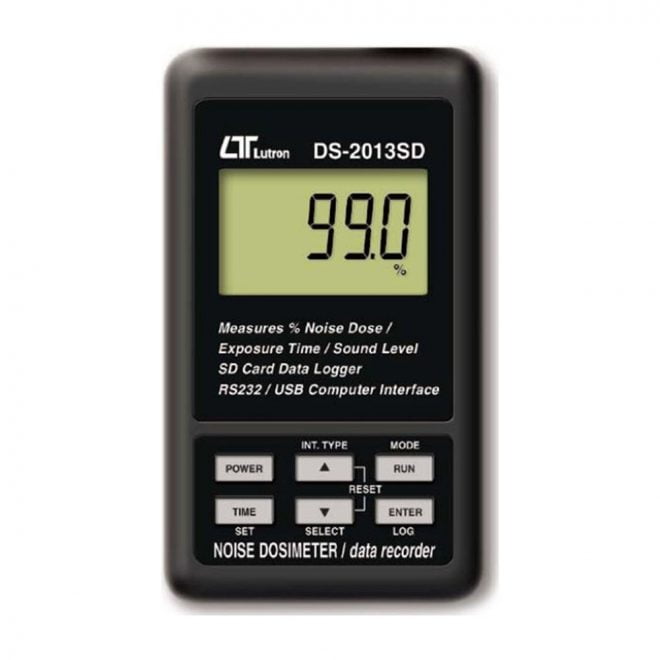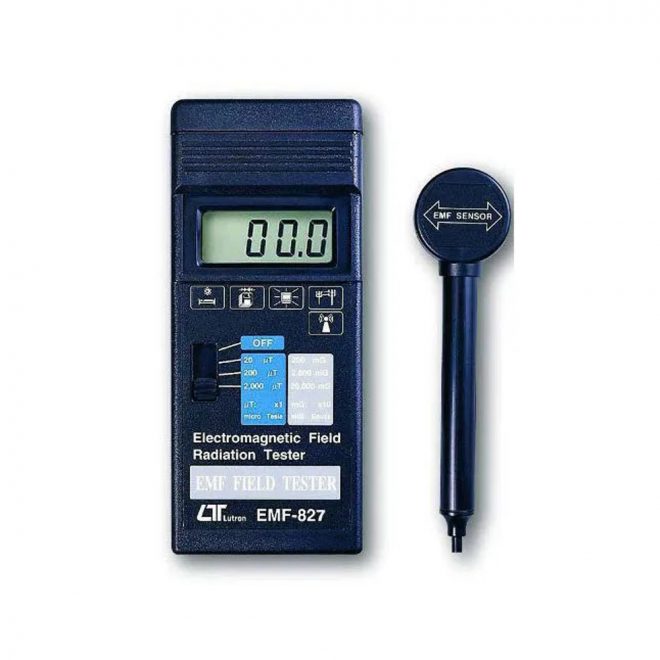Radiation is a powerful force present in our environment, impacting our lives in various ways. This article aims to provide a comprehensive understanding of radiation, its different types, and their effects on living organisms.
Types of Radiation:
Electromagnetic Radiation:
Electromagnetic radiation encompasses a wide range of energy, including visible light, ultraviolet (UV) radiation, X-rays, and gamma rays.
Visible light allows us to see the world around us, while UV radiation, X-rays, and gamma rays possess higher energy levels and can have more profound effects on living tissues.
Particle Radiation:
Particle radiation involves the emission of subatomic particles during nuclear processes.
Alpha Radiation:
Alpha particles consist of two protons and two neutrons, making them positively charged and relatively large.
They have a limited range and can be stopped by a sheet of paper or a few centimeters of air.
Beta Radiation:
Beta particles can be electrons (beta-minus decay) or positrons (beta-plus decay) and possess a negative charge.
They are smaller and have a higher penetration range than alpha particles, requiring thicker shielding like aluminum or plastic.
Neutron Radiation:
Neutrons are released during certain nuclear reactions and have no charge.
They have high penetration power and can interact with atomic nuclei, potentially causing damage.
Effects of Radiation:
Health Effects:
Ionizing radiation, such as X-rays and gamma rays, can cause damage to living tissues by ionizing atoms and molecules.
High doses of radiation can lead to acute radiation sickness, including symptoms like nausea, fatigue, and radiation burns.
Long-term exposure to radiation increases the risk of developing cancer and other health conditions.
Medical Applications:
Radiation is extensively used in medical diagnostics, such as X-ray imaging, computed tomography (CT) scans, and nuclear medicine procedures.
Radiotherapy, a targeted use of radiation, is employed to treat various forms of cancer, aiming to destroy cancer cells while minimizing damage to healthy tissues.
Industrial and Environmental Uses:
Radiation finds applications in industrial processes like sterilization, food preservation, and thickness measurement in manufacturing.
Environmental radiation monitoring helps ensure safety in nuclear power plants and ensures compliance with radiation protection standards.
Conclusion:
Radiation, in its diverse forms, plays a significant role in our lives. While it has beneficial applications, such as in medical diagnostics and treatments, it is essential to be aware of the potential risks associated with radiation exposure. Understanding different types of radiation and their effects can contribute to making informed decisions regarding safety measures and radiation-related technologies.
Product Listings:
- Handheld Radiation Detectors: These portable devices provide convenient and immediate detection of radiation in various environments. They are commonly used in nuclear facilities, emergency response situations, and for personal safety.
- Portable Geiger-Muller Counters: Geiger-Muller (GM) counters are commonly used for measuring radiation levels. They utilize a gas-filled tube that produces an electrical pulse when exposed to radiation, allowing for quick and reliable detection.
- Scintillation Detectors: Scintillation detectors employ a scintillating material that emits light when struck by ionizing radiation. This light is then converted into an electrical signal, providing accurate measurements of radiation intensity.
- Dosimeters: Dosimeters are devices worn by individuals to monitor their personal exposure to radiation over time. They record cumulative radiation doses and help ensure safety compliance in various professions.
- Spectrometers: Spectrometers are advanced detectors capable of identifying and quantifying specific types of radiation. They are commonly used in research laboratories, medical imaging, and environmental monitoring.
-
₹36,504.00
Lutron DS-2013SD Noise Dosimeter
Lutron DS-2013SD Noise Dosimeter has an innovation and simple operation, the computer does not require to set up extra software, after executing datalogger, just take away the SD card from the meter and plug in the SD card into the computer, it can download all the measured value with the time information (year/month/date/hour/minute/second ) to the Excel directly, then the user can make the further data or graphic analysis by themselves.
Applications: Industrial Environment Measurements, Educational Institutions, Commercial Buildings, etc. -
₹8,320.00
Lutron EMF-827 Electro Magnetic Field Meter
Lutron EMF-827 Electro Magnetic Field Meter the emf tester is designed to provide user a quick, reliable and simple way to measure electromagnetic field radiation levels around power lines, home appliances and industrial devices. Wide measuring ranges, three ranges of twenty small Tesla, 200 micro Tesla & 2000 micro Tesla. The emf tester may be a price effective, hand-held instrument designed and calibrated to measure electromagnetic field radiation at completely different bandwidths down to fifty hz/60 Hz. Separate probe, easy operation.
Application: Detection Wires, Television, video equipment.


